Mobile Medical Device Harness Specifications
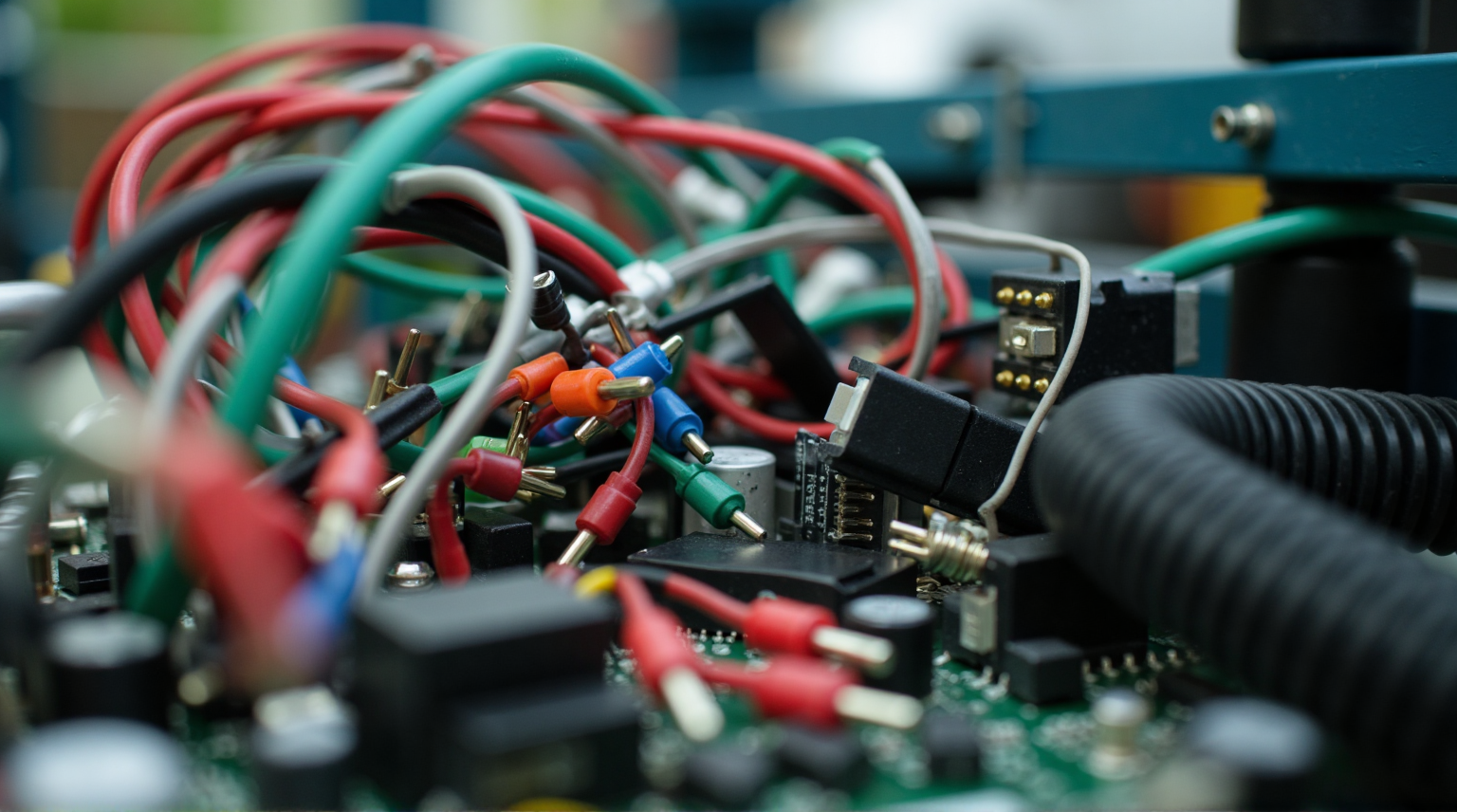
Table of contents
Ⅰ. Safety Specifications
Ⅰ. 1 Electrical Safety
Ⅰ.1.1 Insulation Performance
- Requirements:
The insulation level of the harness must comply with the 2×MOPP (Means of Patient Protection) requirement. The isolation voltage between input and output circuits shall be ≥4000VAC, and between input circuits and ground shall be ≥1500VAC (1×MOPP).
Insulation materials must pass dielectric strength tests (e.g., IEC 60601-1) and remain stable in high-humidity environments (93%RH). - Standards:
IEC 60601-1, UL 758, GB 9706.1.
Ⅰ.1.2 Leakage Current Control
- Requirements:
Under normal conditions, earth leakage current ≤300μA; under single-fault conditions, patient leakage current ≤500μA.
Double insulation or shielding design must be adopted to prevent current leakage to patient-connected parts. - Test Methods:
Leakage current tests per IEC 60601-1 Clause 8.7.
Ⅰ.1.3 Voltage Withstand and Flame Retardancy
- Requirements:
Cable sheathing materials must meet UL 94 V-0 flame retardancy rating and withstand 3000VAC voltage withstand test (no breakdown for 1 minute).
High-voltage components (e.g., power lines) require additional insulation sleeves or silicone protective layers.

Ⅰ. 2 Mechanical Safety
Ⅰ.2.1 Tensile Strength and Wear Resistance
- Requirements:
Harnesses must integrate high-strength tensile elements (e.g., Kevlar or aramid fibers) with tensile strength ≥50N. The sheath material must withstand ≥50,000 abrasion cycles (ASTM D4966 test).
Minimum bending radius ≥5×cable diameter to prevent internal conductor breakage.
Ⅰ.2.2 Protective Design
- Requirements:
Full shielding structure (e.g., aluminum foil + tinned copper braid) with shielding effectiveness ≥90dB (30MHz-1GHz).
Connectors must have IP67 rating to prevent liquid or dust ingress.
Ⅰ.2.3 Biological Safety
- Requirements:
Components in direct contact with patients or operators must pass ISO 10993 biocompatibility tests (e.g., cytotoxicity, skin irritation).
Materials must be phthalate-free and comply with RoHS directives.

Key Parameters Table
| Item | Requirement | Test Standard |
|---|---|---|
| Isolation Voltage | Input-output:≥4000VAC;Input-ground:≥1500VAC | IEC 60601-1 |
| Leakage Current | ≤300μA(Normal);≤500μA(Breakdown) | IEC 60601-1 Clause 8.7 |
| Flame Retardancy | UL 94 V-0 | UL 94 |
| Tensile Strength | ≥50N | ASTM D638 |
| Shielding | ≥90dB(30MHz-1GHz) | IEC 61000-4-21 |
Summary
Safety specifications are the cornerstone of mobile medical device harness design. They ensure protection against electric shock, mechanical hazards, and chemical risks through electrical isolation, mechanical protection, and biocompatibility. All designs must comply with IEC 60601-1, UL, and GB standards, and pass third-party certifications.
Ⅱ. Reliability Specifications
Ⅱ. 1 Material Selection
Ⅱ.1.1 Environmental Resistance
- Requirements:
Harness materials must withstand extreme temperatures (-40℃ to +85℃), high humidity (93%RH), UV radiation, and chemical corrosion (e.g., alcohol, disinfectants).
Climate adaptability shall comply with GB/T 14710-2009 (Group III: harsh environments). - Test Methods:
Temperature cycling test (-40℃ to +70℃, 5 cycles), damp heat test (40℃/93%RH, 48 hours).
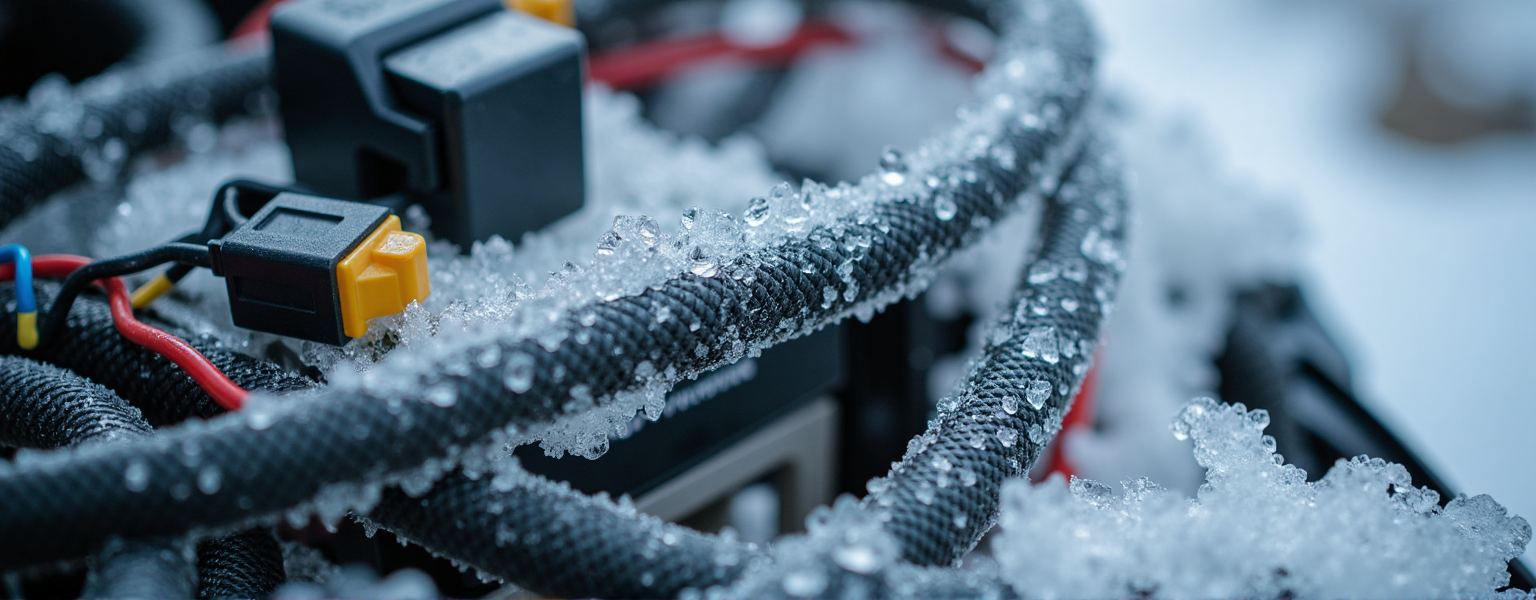
Ⅱ.1.2 Long-Term Stability
- Requirements:
Materials must be oxidation- and aging-resistant, with performance degradation ≤10% over a 10-year service life (e.g., insulation resistance, mechanical strength).
Critical components (e.g., connectors) must pass salt spray test (5% NaCl solution, 48 hours, no corrosion).

Ⅱ. 2 Mechanical Reliability
Ⅱ.2.1 Vibration and Shock Resistance
- Requirements:
Harnesses must pass GB/T 2423.10 sinusoidal vibration test (5-500Hz, 20m/s², 30 minutes per axis).
Shock resistance requires compliance with half-sine pulse (150m/s² peak acceleration, 6ms duration).

Ⅱ.2.2 Flex Life
- Requirements:
Harnesses must withstand ≥50,000 flex cycles (bending radius ≥5×cable diameter, 60 cycles/min), with post-test resistance change ≤5%.
Dynamic bending areas must use high-flex materials (e.g., silicone or TPU).
Ⅱ.2.3 Connector Reliability
- Requirements:
Connectors must endure ≥5,000 mating cycles (per IEC 60512-1), with contact resistance ≤20mΩ.
Design must include anti-misinsertion features (e.g., keying) and anti-loosening mechanisms (e.g., threaded locking).

Ⅱ. 3 Key Test Parameters Table
| Test Item | Requirement | Test Standard |
|---|---|---|
| Temperature Cycling | -40°C to +70°C, 5 cycles | GB/T 2423.22 |
| Damp Heat Test | 40°C/93%RH, 48 hours | IEC 60068-2-30 |
| Salt Spray Test | 5% NaCI solution, 48 hours, no corrosion | GB/T 10125 |
| Vibration Test | 5-500Hz, 20m/s2, 3 axes 30 minutes each | GB/T 2423.10 |
| Flex Life Test | ≥50,000 times, bending radius ≥ 5 × linear diameter | IEC 60950-1 |

Summary
Reliability specifications ensure the stable performance of mobile medical device harnesses over extended periods. Compliance requires material environmental resistance, mechanical strength, and connector durability tests, strictly adhering to GB and IEC standards. Designs should prioritize high-flexibility, aging-resistant materials and stress-resistant structures to withstand vibration, bending, and other mechanical stresses.
Ⅲ. Functional Specifications
Ⅲ. 1 Key Test Parameters Table
Ⅲ.1.1 Anti-Interference Capability
- Requirements:
Harnesses must adopt shielded structures (e.g., twisted pair + aluminum foil shielding) or differential signaling to ensure a signal-to-noise ratio (SNR) ≥60dB.
High-frequency signal lines (e.g., USB 3.0, HDMI) must comply with IEC 60601-1-2 4th Edition EMC requirements to suppress common-mode noise. - Test Methods:
Conducted immunity testing per IEC 61000-4-6 (3V/m, 150kHz-80MHz).

Ⅲ.1.2 Signal Integrity
- Requirements:
For data rates ≥1Gbps, harness insertion loss ≤-3dB (frequency ≤5GHz) and crosstalk ≤-40dB.
Eye diagram tests must validate waveform integrity without distortion.
Ⅲ. 2 Interface Design
Ⅲ.2.1 Anti-Misinsertion and Locking Mechanisms
- Requirements:
Connectors must use physical anti-misinsertion designs (e.g., keyed plugs, color coding) with self-locking or threaded locking mechanisms to ensure stable connections.
Mating force range: insertion force ≤30N, extraction force ≥5N (per IEC 60512-1).
Ⅲ.2.2 Interface Compatibility
- Requirements:
Support medical-grade interfaces (e.g., IEC 60601-1 compliant USB-Medical, Medical HDMI) with backward compatibility to consumer standards.
Interfaces must maintain contact resistance ≤20mΩ after ≥5,000 mating cycles.

Ⅲ. 3 Adaptability and Scalability
Ⅲ.3.1 Modular Design
- Requirements:
Harnesses must support modular components (e.g., replaceable sensor interfaces, power extension modules) with replacement time ≤5 minutes.
Inter-module communication must follow standard protocols (e.g., CAN bus, RS-485).
Ⅲ.3.2 Multi-Device Interconnectivity
- Requirements:
Harnesses must enable multi-device daisy-chaining (e.g., monitor-printer-central workstation) with signal attenuation ≤10% at a maximum daisy-chain length of 10 meters.
Daisy-chain interfaces must include terminal resistor configuration to prevent signal reflection.

Ⅲ. 4 Key Performance Parameters Table
Ⅲ.4.1 Modular Design
| Item | Requirement | Test Standard |
|---|---|---|
| SNR | ≥60dB | IEC 61000-4-6 |
| Insertion Loss | ≤-3dB @5GHz | IEC 61156-1 |
| Crosstalk | ≤-40dB | ANSI/TIA-568-C.2 |
| Mating Cycles | ≥5,000次 | IEC 60512-1 |
| Daisy-Chain Loss | ≤10% @10米 | IEEE 802.3 |

Summary
Functional specifications guarantee precise signal transmission, stable connectivity, and scalable integration of mobile medical device harnesses in complex scenarios. Designs must balance anti-interference capabilities, interface compatibility, and modularity, adhering to IEC, IEEE standards, and validated through signal integrity, mating cycle, and other critical tests.
Ⅳ. Electromagnetic Compatibility (EMC) Specifications

Ⅳ. 1 Emission Limits
Ⅳ.1.1 Conducted Emissions
- Requirements:
Conducted emissions below 30MHz must comply with CISPR 11 Group B or EN 55011 Class B limits, with both peak and quasi-peak values within specified thresholds.
Power lines must include ferrite cores or common-mode chokes to suppress high-frequency noise. - Test Methods:
Conducted emissions testing per CISPR 16-2-1 (150kHz-30MHz).
Ⅳ.1.2 Radiated Emissions
- Requirements:
Radiated emissions in the 30MHz-1GHz range must meet CISPR 11 Group B (non-domestic environments) or EN 55032 Class B (general equipment) limits.
Shielded harnesses must achieve ≥70dB shielding effectiveness (tested via triaxial method).
Ⅳ. 2 Immunity Requirements
Ⅳ.2.1 Electrostatic Discharge (ESD) Immunity
- Requirements:
Harnesses and connectors must withstand ±15kV air discharge and ±8kV contact discharge (per IEC 61000-4-2 Level 4) without functional degradation.
Exposed metal parts must be grounded or coated with insulating materials to prevent electrostatic buildup.
Ⅳ.2.2 Radiated RF Immunity
- Requirements:
Harnesses must tolerate 10V/m continuous wave interference (IEC 61000-4-3 Level 3) in the 80MHz-2.7GHz range, with signal error rate ≤0.1%.
Sensitive signal lines require dual-layer shielding (aluminum foil + braid) or filtering.
Ⅳ.2.3 Electrical Fast Transient (EFT) Immunity
- Requirements:
Power and signal lines must withstand ±2kV/5kHz burst pulses (IEC 61000-4-4 Level 4) without device reset or data loss.
Interfaces must be protected by TVS diodes or RC filter circuits.

Ⅳ. 3 Key EMC Test Parameters Table
| Test Item | Requirement | Test Standard |
|---|---|---|
| Conducted Emissions | CISPR 11 Group B / EN 55011 Class B | CISPR 16-2-1 |
| Radiated Emissions | ≤30dBμV/m @10m (30MHz-1GHz) | CISPR 16-2-3 |
| ESD Immunity | ±15kV(Air), ±8kV(Contact) | IEC 61000-4-2 |
| RF Immunity | 10V/m @80MHz-2.7GHz | IEC 61000-4-3 |
| EFT Immunity | ±2kV/5kHz(Power line), ±1kV(Signal line) | IEC 61000-4-4 |
Summary
EMC specifications ensure stable operation of mobile medical device harnesses in complex electromagnetic environments while preventing interference with other equipment. Designs must integrate shielding, filtering, and grounding techniques, strictly comply with CISPR and IEC 61000 standards, and pass third-party EMC certification tests.
Ⅴ. Environmental Adaptability Specifications
Ⅴ. 1 Climatic Environmental Testing
Ⅴ.1.1 High/Low Temperature Operation & Storage
- Requirements:
Harnesses must maintain functionality under extreme conditions:- Operating Temperature: -20℃ to +70℃ (no performance degradation after 4 hours).
- Storage Temperature: -40℃ to +85℃ (insulation resistance ≥100MΩ after recovery).
- Test Standards:
GB/T 2423.1 (Low Temperature), GB/T 2423.2 (High Temperature).
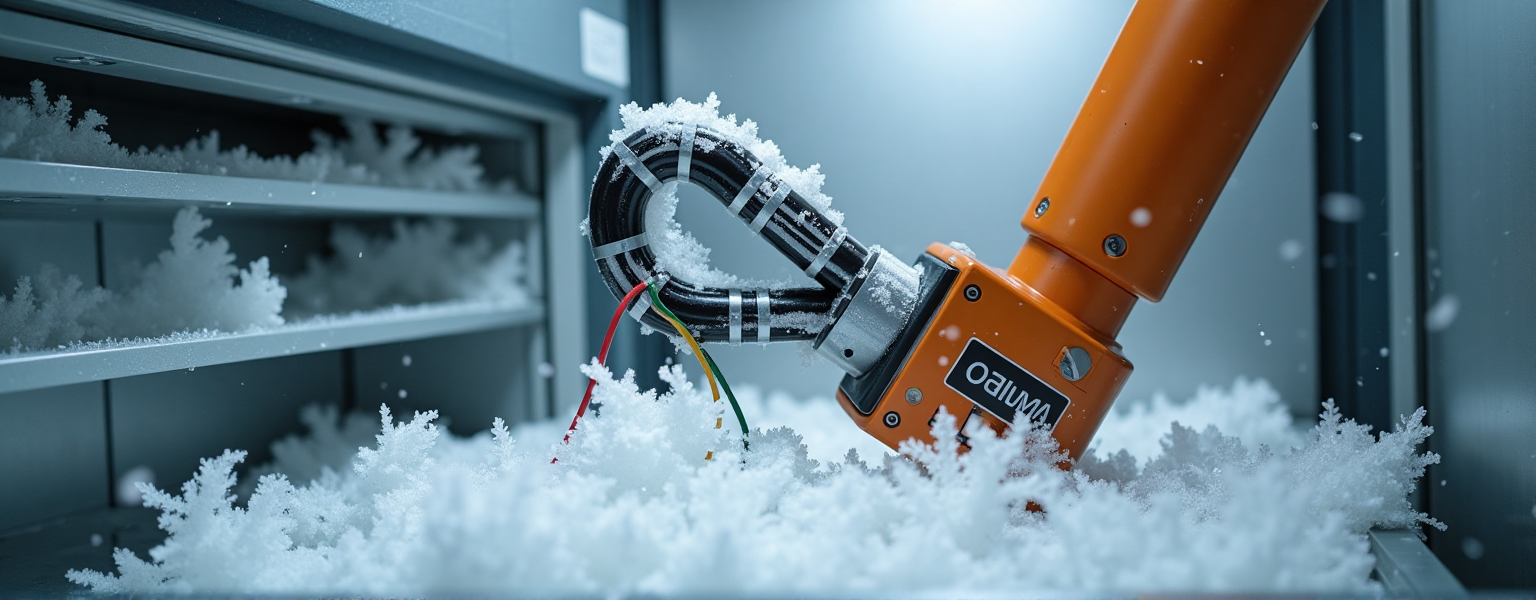
Ⅴ.1.2 Damp Heat & Cyclic Damp Heat
- Requirements:
- Constant Damp Heat: 40℃/93%RH, 48h, insulation resistance ≥10MΩ.
- Cyclic Damp Heat: 25℃↔55℃, 95%RH, 5 cycles, no sheath cracking or metal corrosion.
- Test Methods:
IEC 60068-2-30 (Constant Damp Heat), IEC 60068-2-38 (Cyclic Damp Heat).
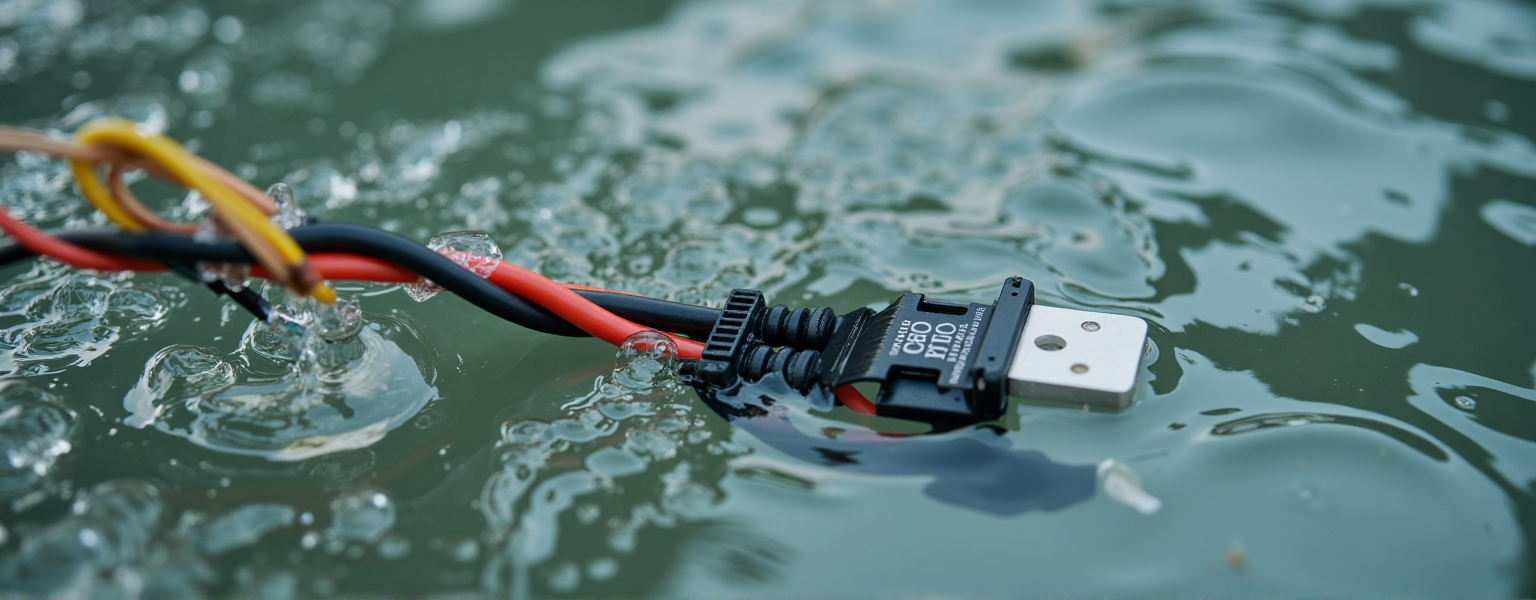
Ⅴ. 2 Mechanical Environmental Testing
Ⅴ.2.1 Vibration & Shock
- Requirements:
- Sinusoidal Vibration: 5-500Hz, 20m/s², 30min per axis, no wire breakage or connector loosening.
- Mechanical Shock: Half-sine wave, 300m/s² peak, 6ms duration, functional integrity after 3 shocks.
- Test Standards:
GB/T 2423.10 (Vibration), GB/T 2423.5 (Shock).
Ⅴ.2.2 Free Fall & Flexing
- Requirements:
- Free Fall: 1m drop onto concrete floor (3 times), no physical damage, electrical performance intact.
- Dynamic Flexing: Bending radius ≥8×cable diameter, ≤5% resistance change after 100,000 cycles.
- Test Standards:
IEC 60512-4 (Free Fall), IEC 60950-1 (Flexing).
Ⅴ. 3 Protection Rating & Chemical Resistance
Ⅴ.3.1 IP Rating
- Requirements:
Connectors and interfaces must achieve IP67 rating (dustproof, temporary immersion), no water ingress after 30 minutes at 1m depth. - Test Method:
IEC 60529 (IP Code).
Ⅴ.3.2 Chemical Corrosion Resistance
- Requirements:
Harness sheathing must resist exposure to:- Medical alcohol (75% ethanol), isopropanol, chlorine-based disinfectants (24h, 23℃), no swelling or discoloration.
- Test Standard:
ISO 1817 (Resistance of Rubber/Plastics to Liquids).

Ⅴ. 4 Key Test Parameters Table
| Test Item | Requirement | Test Standard |
|---|---|---|
| Operating Temp. | -20℃~+70℃ | GB/T 2423.1/2 |
| Storage Temp. | -40℃~+85℃ | GB/T 2423.1/2 |
| Constant Damp Heat | 40℃/93%RH, 48h | IEC 60068-2-30 |
| Sinusoidal Vibration | 5-500Hz, 20m/s², 30min/axis | GB/T 2423.10 |
| IP Rating | IP67(dustproof, 1 meter water immersion) | IEC 60529 |
| Chemical Resistance | No swelling/discoloration (alcohol, disinfectant) | ISO 1817 |
Summary
Environmental adaptability specifications ensure stable operation of mobile medical device harnesses under extreme climatic conditions, mechanical stress, and chemical exposure. Compliance requires passing temperature, humidity, vibration, and drop tests, along with IP67 rating and chemical resistance. Designs should prioritize weather-resistant materials (e.g., silicone, TPEE) and stress-optimized structures to withstand environmental challenges.
Ⅵ. Environmental & Biocompatibility Specifications

Ⅵ. 1 Material Environmental Compliance
Ⅵ. 1.1 Restricted Substances
- Requirements:
Harness materials (sheath, insulation, connectors) must comply with:- RoHS Directive: Prohibit lead (Pb), cadmium (Cd), mercury (Hg), hexavalent chromium (Cr⁶⁺), PBB, PBDE, etc. (10 substances), with thresholds ≤1000ppm (Cd ≤100ppm).
- REACH Regulation: Exclude SVHC-listed chemicals (e.g., phthalates, SCCPs).
- Test Methods:
EDXRF for heavy metals, GC-MS for organic pollutants.
Ⅵ. 1.2 Recyclability Design
- Requirements:
- Components must be labeled with material types (e.g., PVC, TPU, silicone) and recycling codes (e.g., PET-1, PE-2).
- Prioritize mono-materials or compatible materials to simplify recycling.

Ⅵ. 2 Biocompatibility
Ⅵ. 2.1 Safety for Human Contact
- Requirements:
Components in direct/indirect patient contact (e.g., sensor cables) must pass ISO 10993 tests:- Cytotoxicity (ISO 10993-5): Cell viability ≥70%.
- Skin Irritation (ISO 10993-10): No erythema or edema (irritation index ≤0.4).
- Sensitization (ISO 10993-10): No allergic reactions.
Ⅵ. 2.2 Material Selection
- Requirements:
- Phthalate-Free: Prohibit DEHP, DBP, etc.; use citrate esters or cyclohexane derivatives.
- Hypoallergenic: Avoid latex or nickel-containing alloys to prevent allergies.

Ⅵ. 3 Sterilization Compatibility
- Requirements:
Harnesses must withstand sterilization methods (selected per application):- Ethylene Oxide (EO): 6h exposure at 60℃, no deformation or performance degradation.
- Gamma Radiation: 25-50kGy dose, no embrittlement or discoloration.
- Test Standards:
ISO 11135 (EO), ISO 11137 (Radiation).
Ⅵ. 4 Key Parameters Table
| Item | Requirement | Test Standard |
|---|---|---|
| RoHS Limits | Pb/Cd/Hg/Cr⁶⁺ ≤1000ppm(Cd≤100ppm) | IEC 62321 |
| Cytotoxicity | Cell survival rate ≥70% | ISO 10993-5 |
| EO Sterilization | 60℃, 6 hours without damage | ISO 11135 |
| Material Labeling | Mark the recycling code (such as PET-1) | ISO 11469 |
Summary
Environmental and biocompatibility specifications ensure that mobile medical device harnesses are eco-friendly and safe for human contact throughout their lifecycle. Compliance requires RoHS/REACH adherence, biocompatibility testing, and sterilization validation. Designs should prioritize non-toxic, recyclable materials and avoid allergenic components.
Conclusion
The Mobile Medical Device Harness Specifications provide comprehensive guidance by integrating safety, reliability, functionality, and environmental compliance. Adherence to these standards ensures device stability in complex scenarios, minimizes environmental and health risks, and drives high-quality development in the medical device industry.
No comments to show.



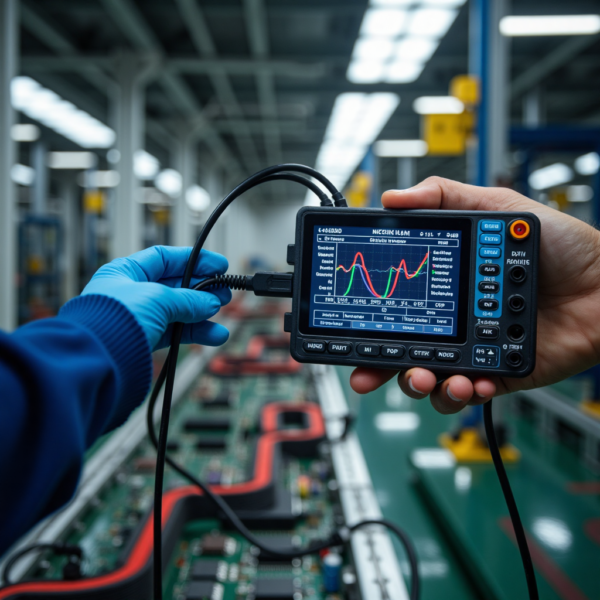
Leave a Comment